
Nexcess Knowledge Base
April 18, 2023
By Kiki Sheldon
What are Nexcess Cloud development sites?

Nexcess Cloud clients using Magento 2, WordPress, or WooCommerce can easily create cloud development ("dev") sites through the Nexcess Client Portal for a small monthly charge that varies by size.
Posted in:
Tags:
dev,development environment,Web development,cloud,nexcess development environments,nexcess cloud hosting & accounts for web applications,nexcess cloud,cloud account,development environment,Development,managing development & staging environments,environments,nexcess: managing dev & staging environments
April 17, 2023
By Kiki Sheldon
How to send secure data to the Nexcess Support Team
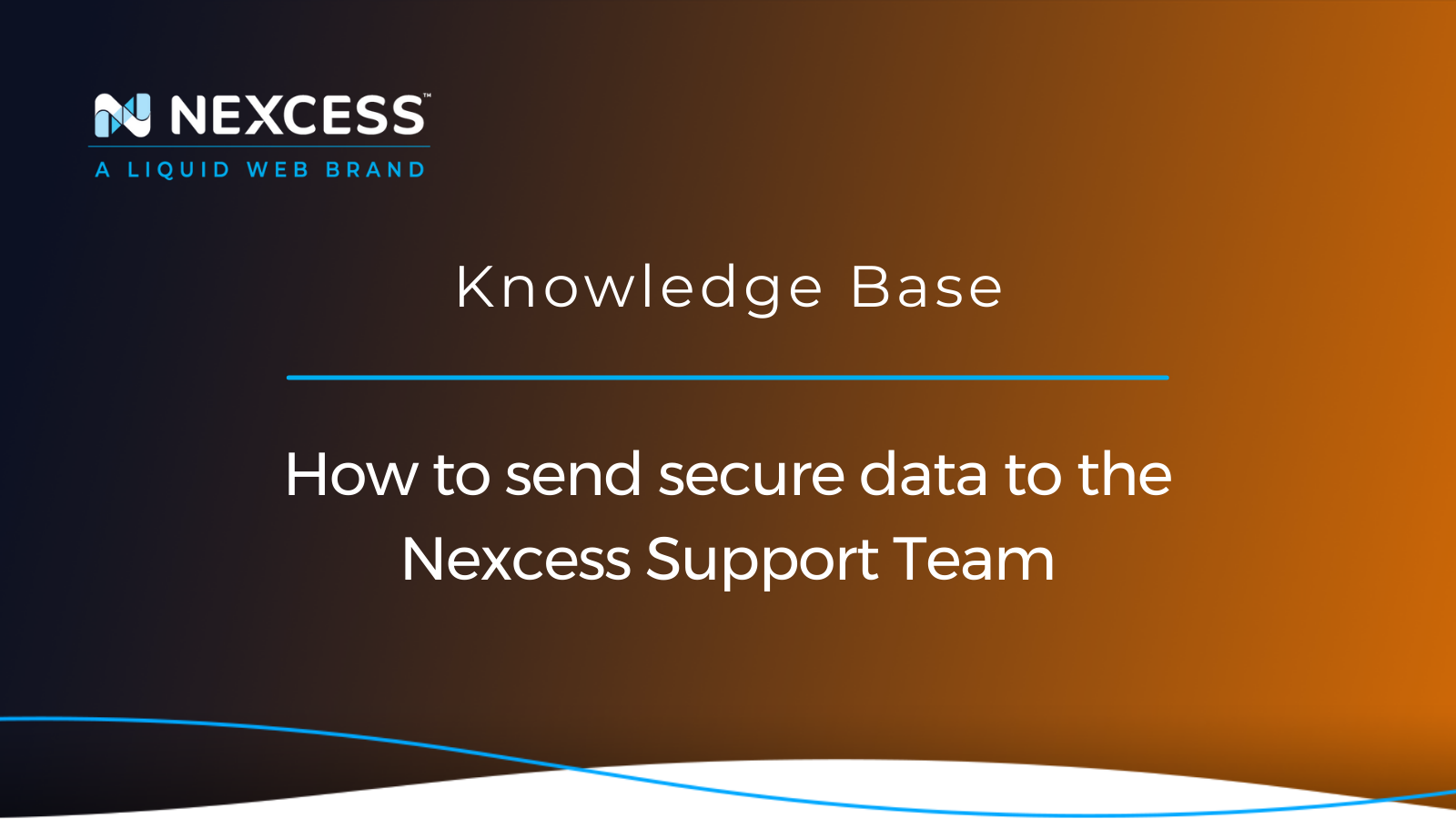
In this Nexcess Knowledge Base article focused on security, you will learn how to send secure data to the Nexcess Support Team — ensuring the safe sharing of sensitive hosting account information.
April 12, 2023
By Kiki Sheldon
Using rsync for backups on Linux/Unix systems
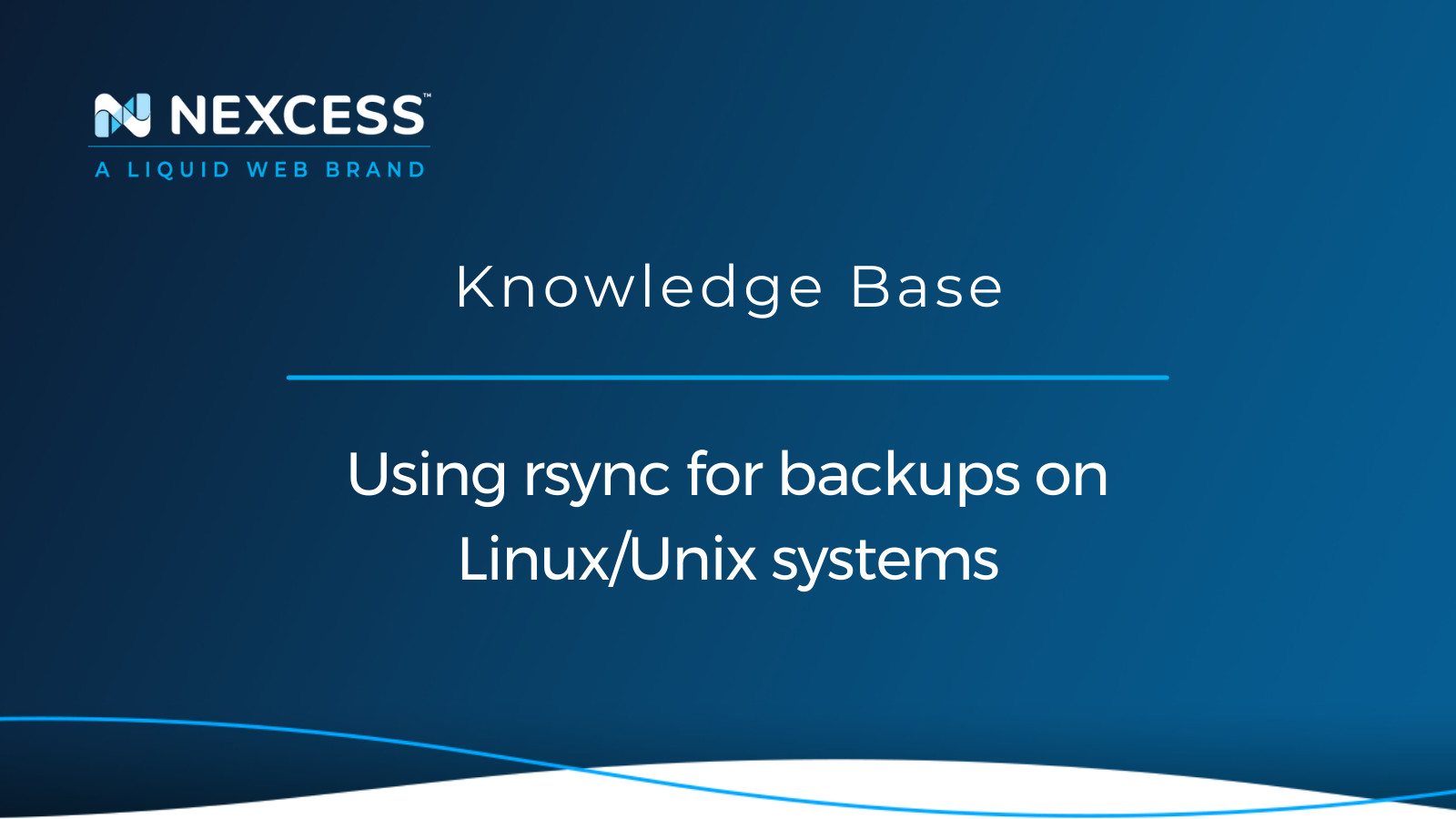
Using rsync for backups on Linux/Unix systems is done to synchronize files and directories between systems — a reliable method of providing offsite backups or mirroring websites.
Posted in:
April 11, 2023
By Amy Myers
Enabling cloud container services in the Nexcess Cloud
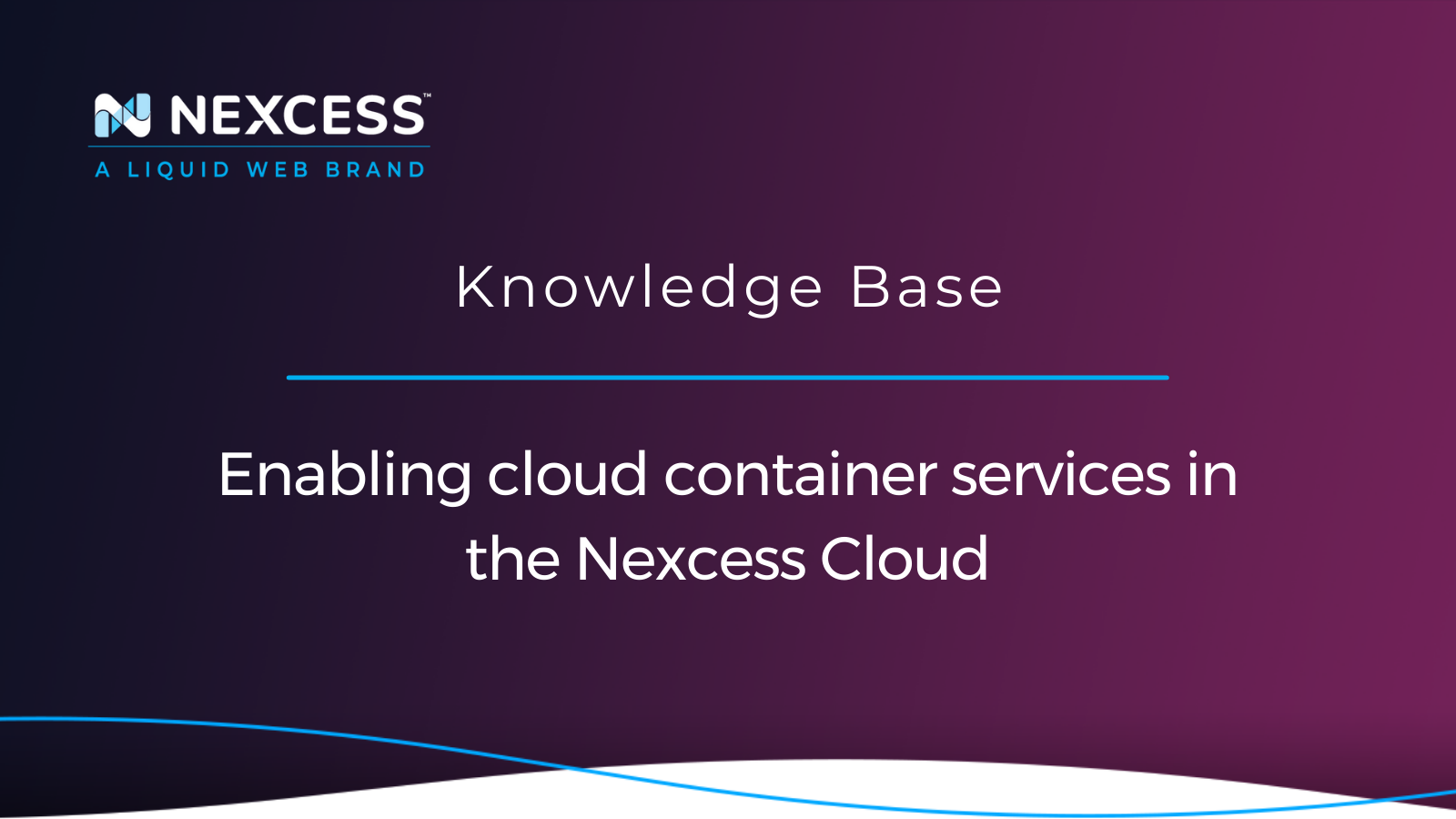
Right-sized cloud container services at Nexcess can be enabled leveraging the Elasticsearch, Varnish, RabbitMQ, and Apache Solr technologies when you use our smart cloud hosting platform.
Posted in:
April 06, 2023
By Freddy Reese
Locating your SSH (Secure Shell) credentials in Managed WordPress/WooCommerce
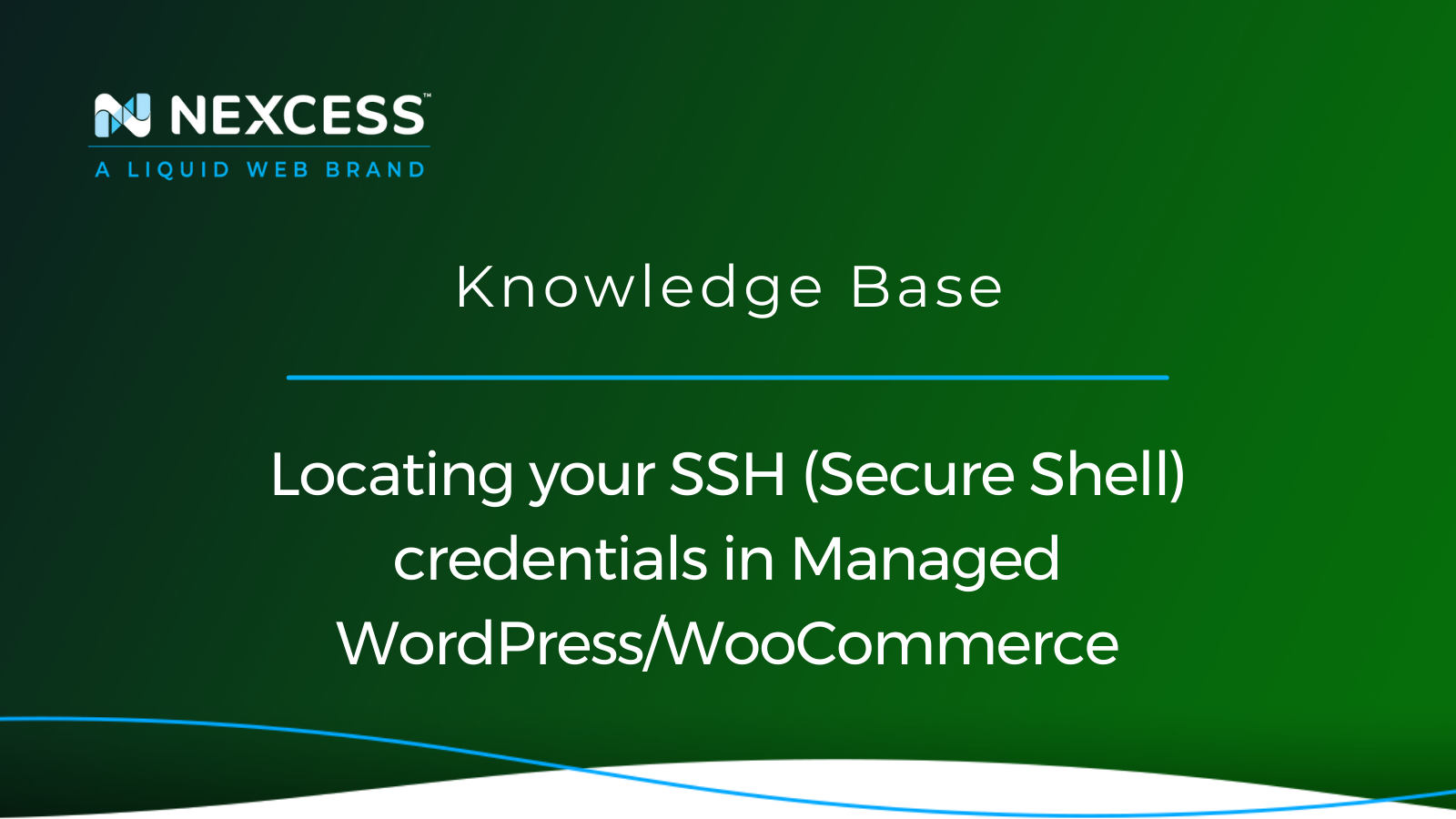
SSH (Secure Shell) and SSH FTP (SFTP) access via command line is available in Managed WordPress and Managed WooCommerce plans and credentials are found within each site's management page.
March 31, 2023
By Christy Joy
SiteWorx — non-default domain configuration and setup
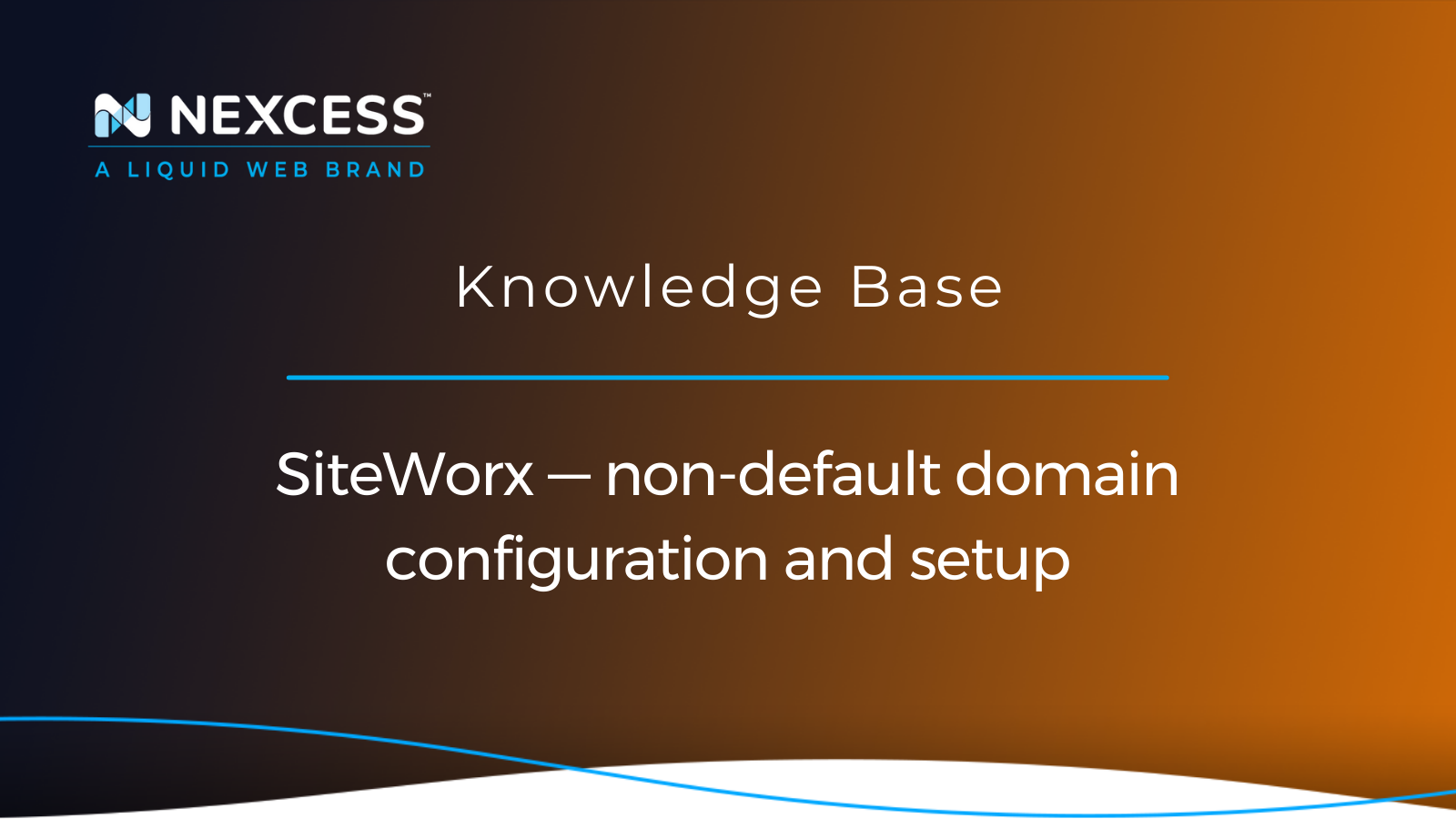
SiteWorx is a powerful tool for managing your hosted website and hosting account. Its features include standard and non-default domain management, email routing, and admin settings configuration.
March 29, 2023
Limiting access to the Magento Admin Panel
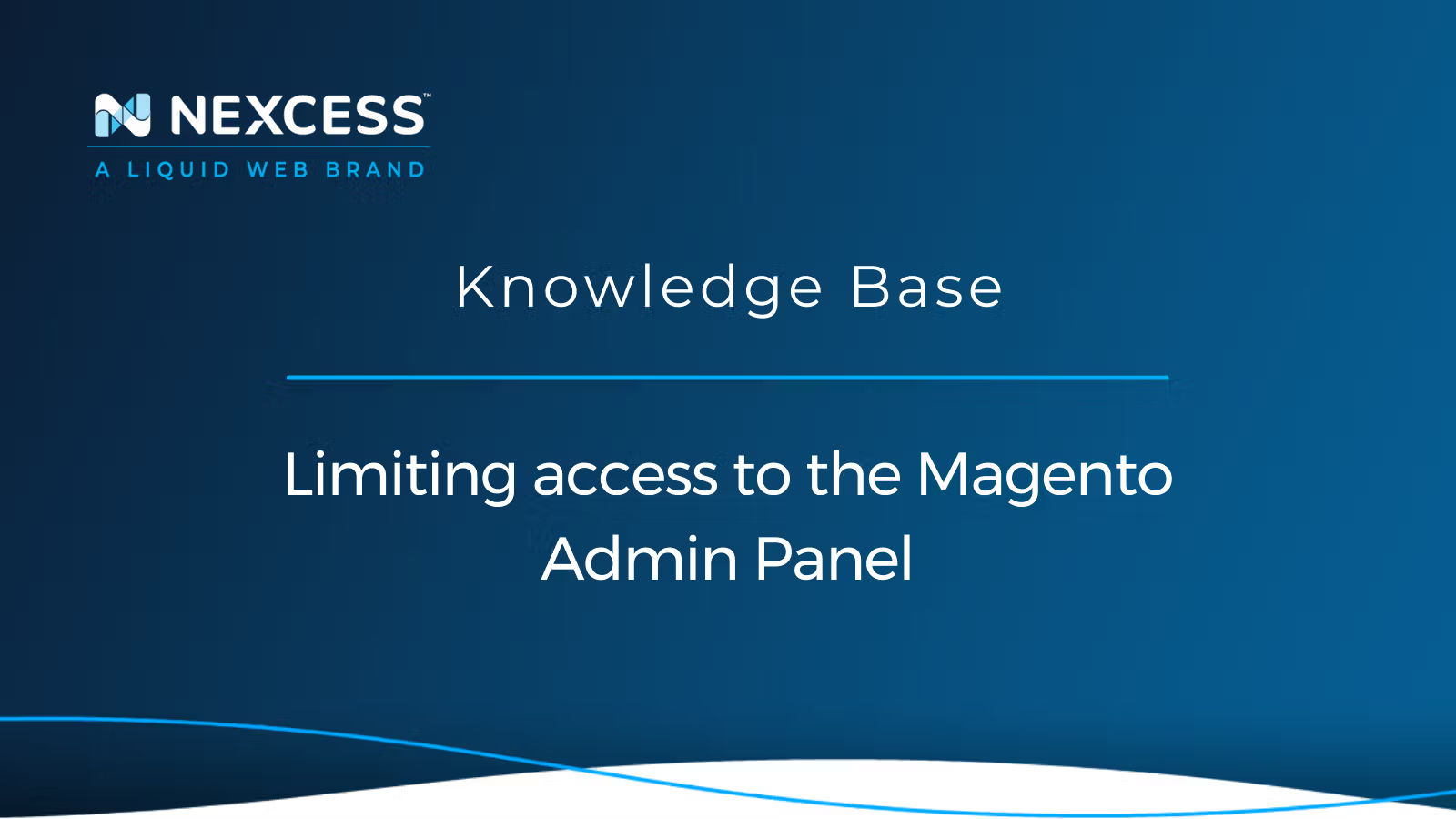
All Magento admins want to harden their platform and decrease security vulnerabilities. This article will explain how to control and limit access to the Magento Admin Panel.
March 27, 2023
By Kiki Sheldon
Nexcess Cloud plans — how to view your admin URL
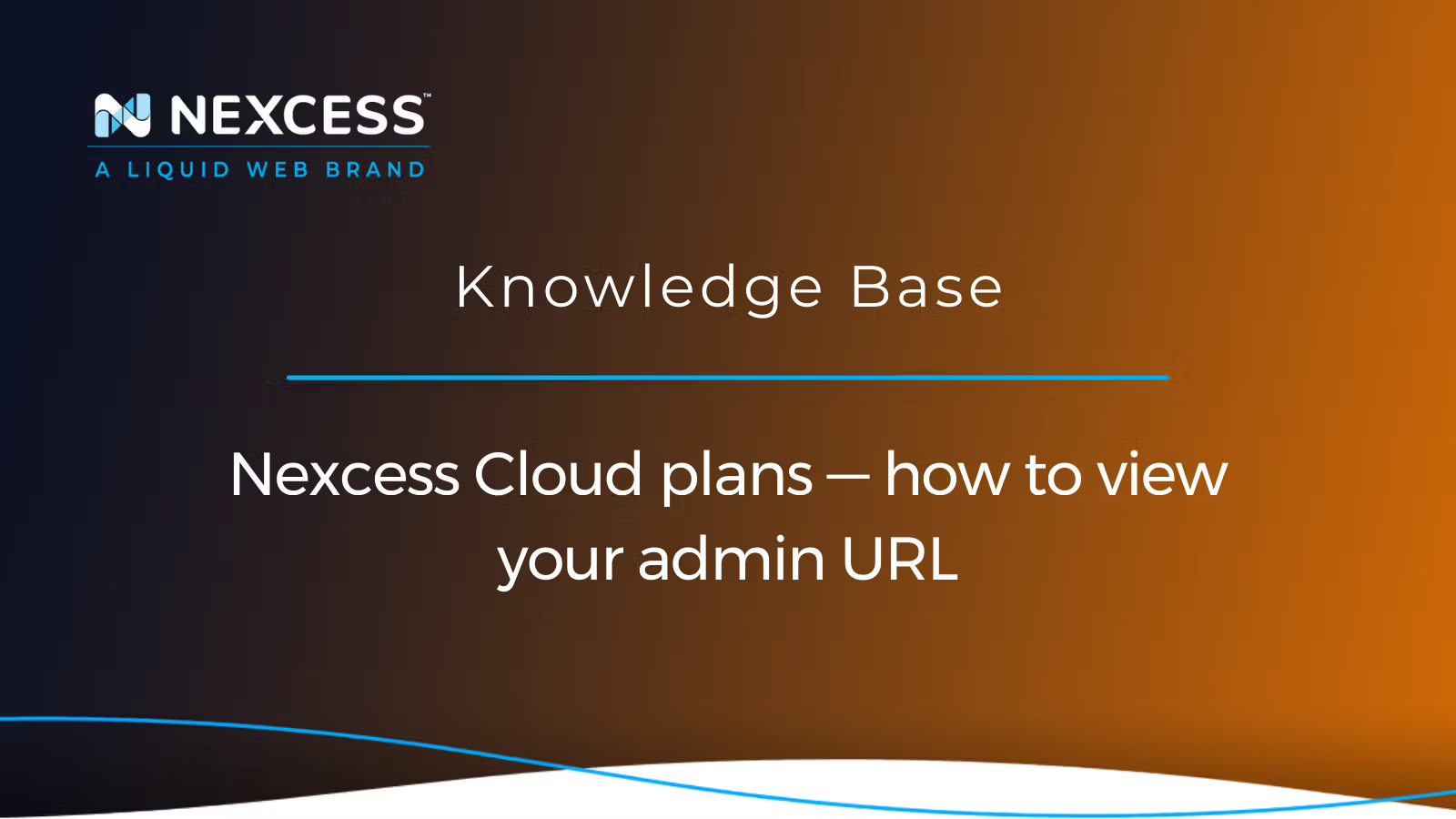
The Nexcess Client Portal is a web hosting admin panel for managing all aspects of your Nexcess Cloud plans and websites, including your admin panel URL and admin user credentials.
Posted in:
March 27, 2023
By Kiki Sheldon
Adding a pointer domain for the primary domain name
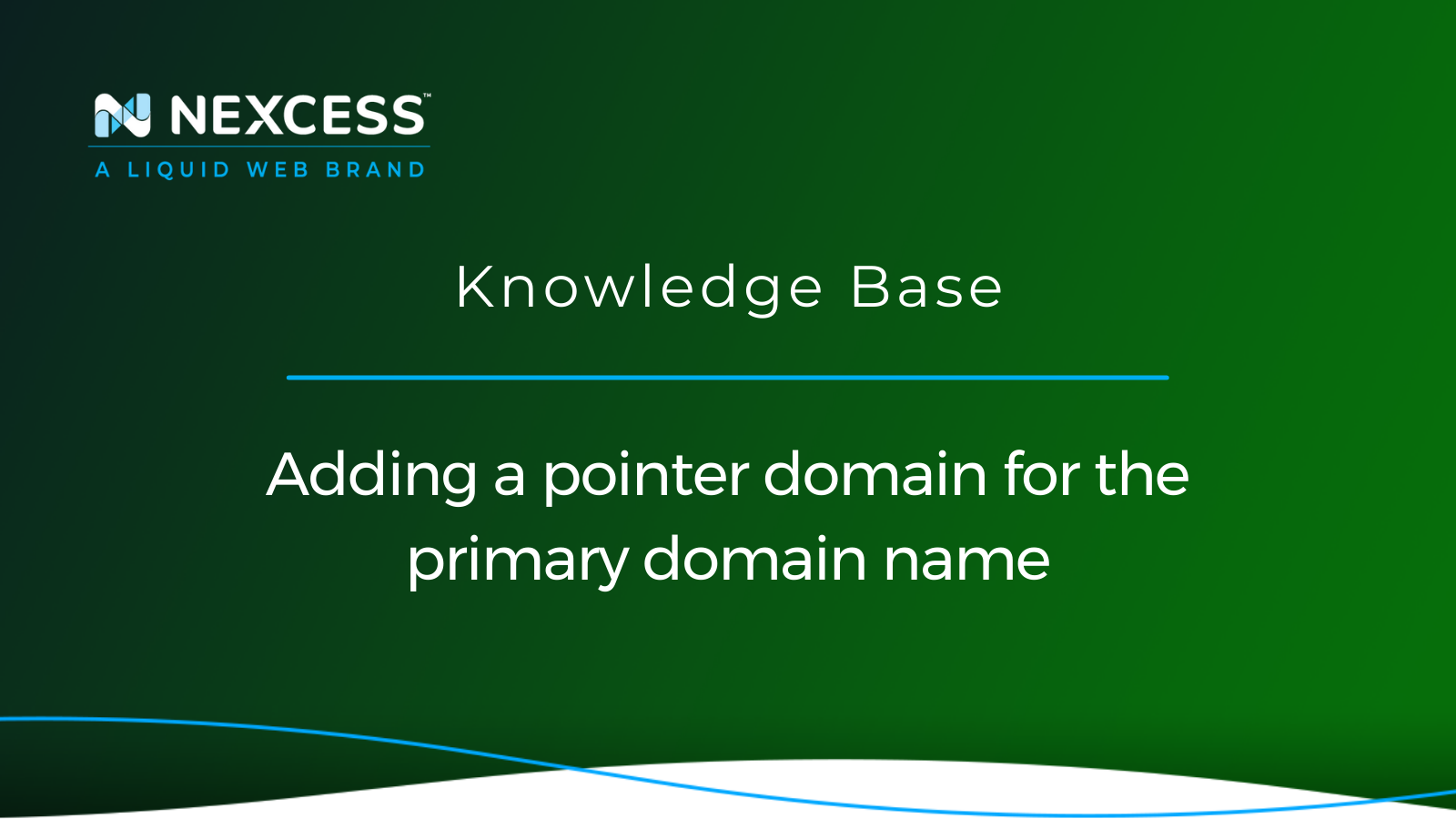
A pointer domain — or a parked domain — allows you to have multiple domain names display the content of your site. Let's review pointer domains and adding them for a Nexcess-hosted site.
How to configure the Nexcess CDN using the WordPress CDN Enabler by KeyCDN

At Nexcess, our hosting plans provide the WordPress CDN Enabler plugin by KeyCDN to facilitate the setup required to turn on your CDN in the context of your Nexcess-hosted website.
Grow your online business faster with news, tips, strategies, and inspiration.
- .htaccess
- Affiliates
- Applications
- Backups
- Billing
- Business
- CDN
- CDN SSL
- Client Portal
- Content Delivery Networks (CDNs)
- Control Panel Tools
- Craft CMS
- Cron Jobs
- Databases
- Dev Sites
- Domain Management
- Drupal
- Ecommerce
- Enterprise Hosting
- ExpressionEngine
- FTP
- File Management
- Getting Started
- Hosting
- IP Management
- Magento
- Magento 1
- Magento 2
- Membership sites
- Miscellaneous
- Nexcess
- Nexcess Email Services
- NodeWorx
- Other Applications
- Other Best Practices
- PCI DSS
- PWA
- Performance
- Reports and Monitoring
- SSH
- SSL
- Scripts
- Security
- SiteWorx
- StoreBuilder
- Third Party Clients
- WPQuickStart
- Web design
- Web development
- Website Management
- Websites
- WooCommerce
- WordPress
